3D map the world using Project Tango
Google's new kit lets devices scan, learn and navigate tricky terrain
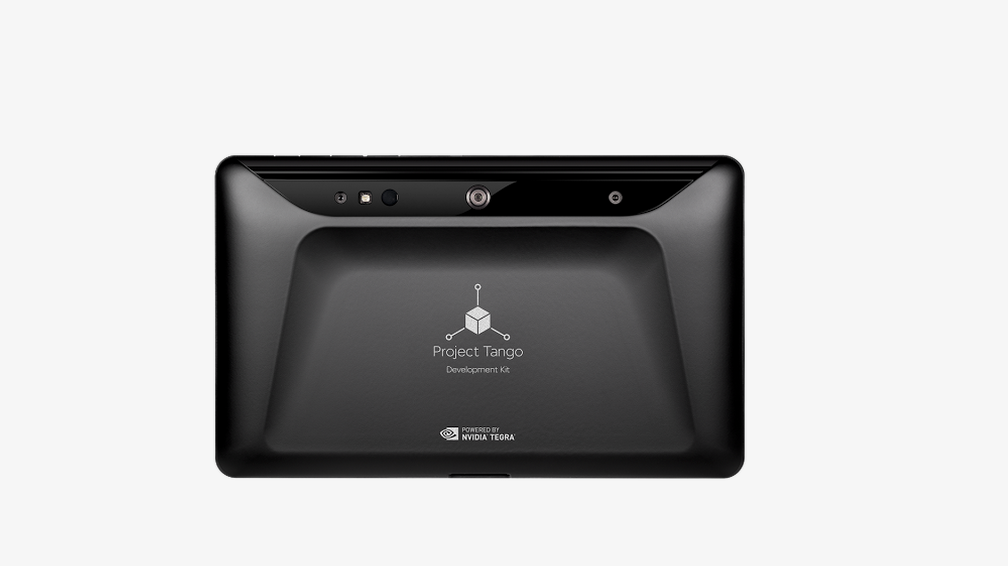
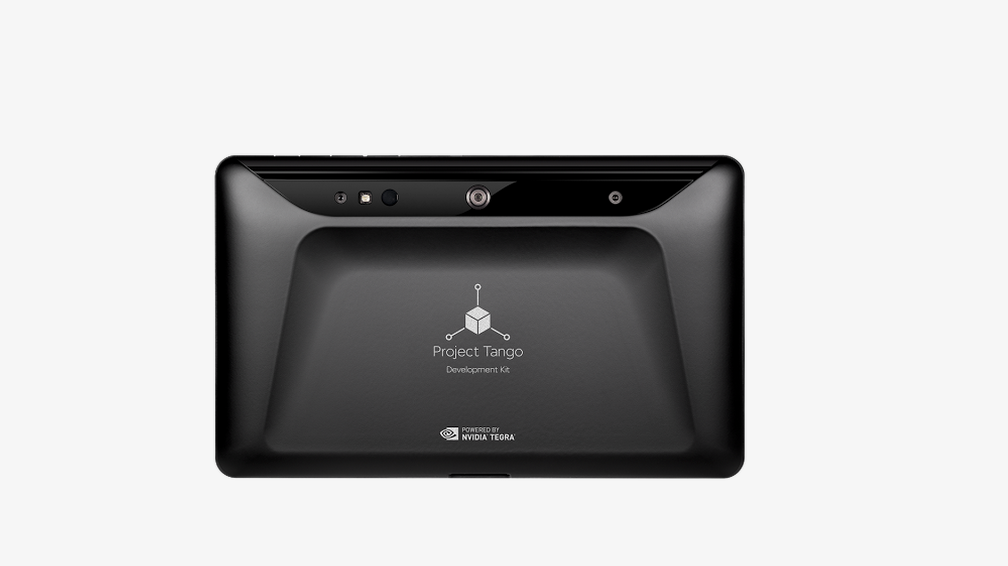
Google's new kit lets devices scan, learn and navigate tricky terrain Is there anything Google can’t do? From smartphones to fonts to artificial intelligence the ‘search engine’ seems to have it nailed. Now, its released Project Tango, a new tool that allows users to 3D map anything that crosses their path in real time. “A Project Tango device does three primary things,” says Google technical progam lead Johnny Lee. “It does motion tracking for the device as you get up and around, it can also recognise an area when it comes back to the same location and lastly it has a perception of depth.” In practice this means a device – be it a smartphone, remote control car, or drone – can navigate around any given area independently. The limit isn’t just a track or even 360° navigation. The possibilities once this is combined with Google Maps, augmented reality translate software and a market like retail the possibilities are seemingly endless. Project Tango can even measure nuances like lighting conditions. Right now the Android device costs £250, a steep price for consumers, but a low one for developers (read gamers), who Alphabet are truly targeting. “You can use this data to make devices bounce against walls or hide being walls,” hints Lee. “You can take all the point cloud data and feed that into a physics engine in a game and actually have your characters respond to the physical work.” Zombie Gunship reality and Bullseye’s Playground are already ready to use with the device, but a number of other applications are already obviously apparent – from immersive art displays like Tate Sensorium, to helping the visually impaired navigate to first aid bots delivering 3D printed organs. Still hungry for more? Sign up for our weekly supplement featuring the latest news, profiles, features and innovation
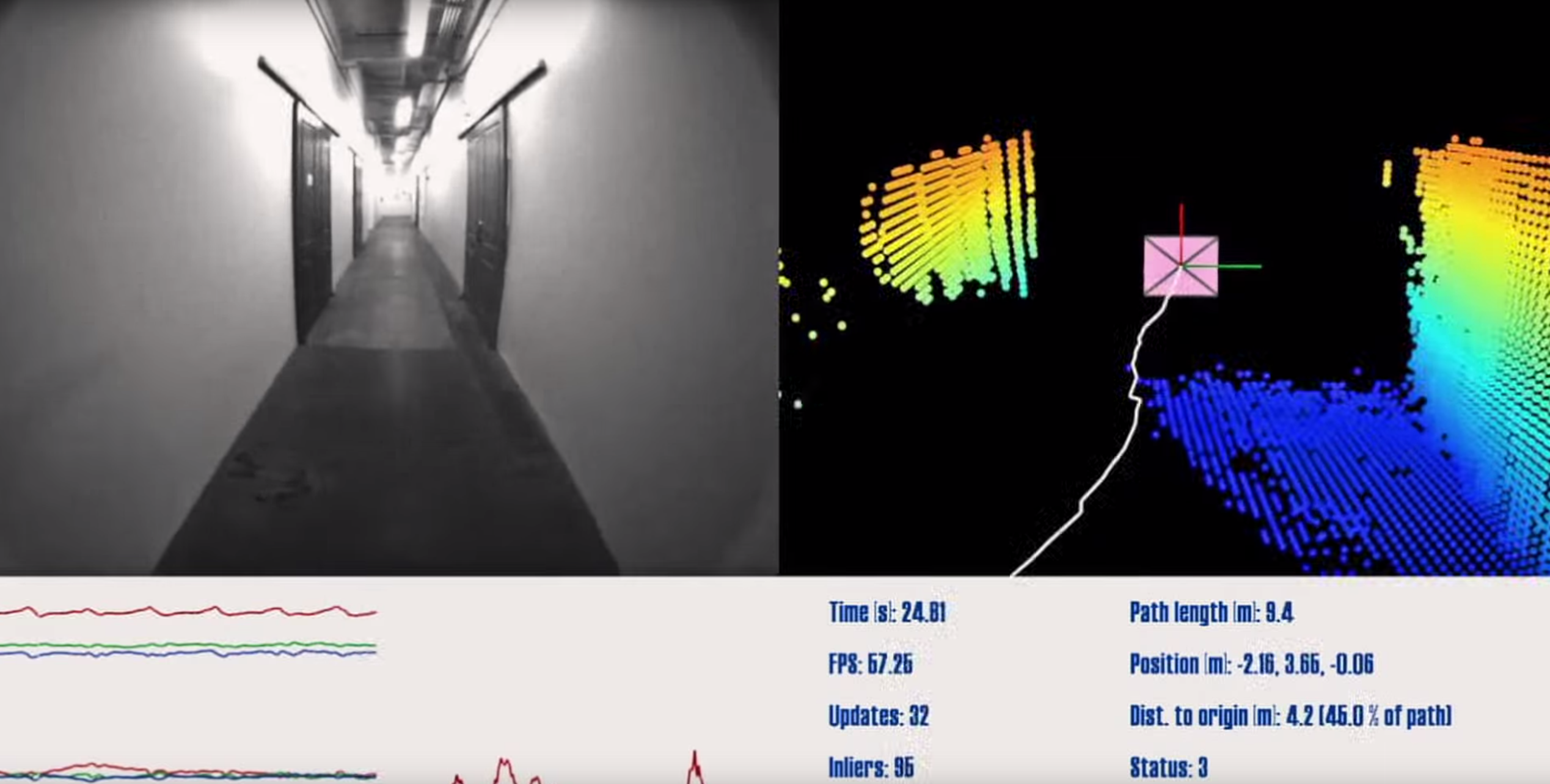
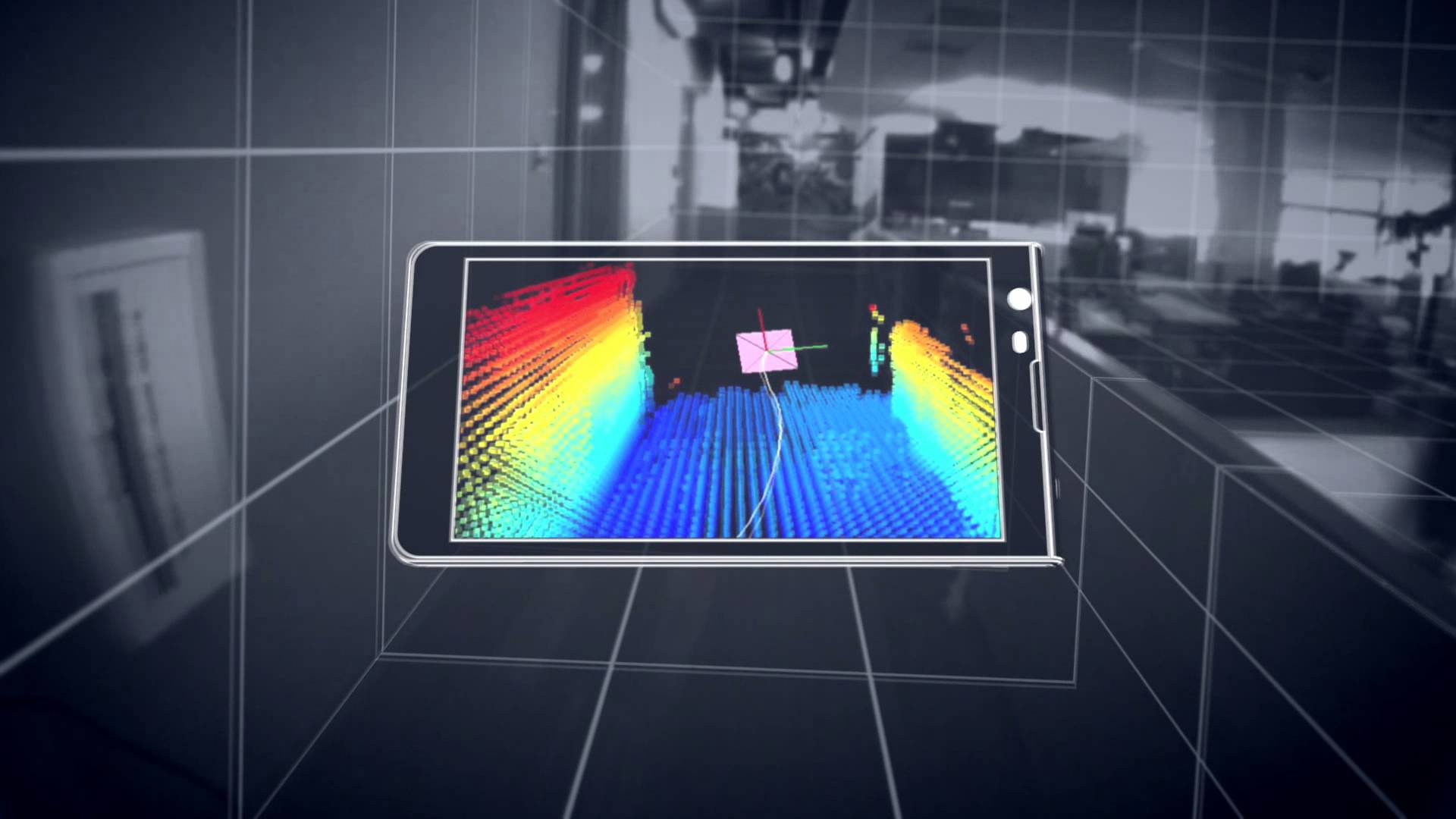
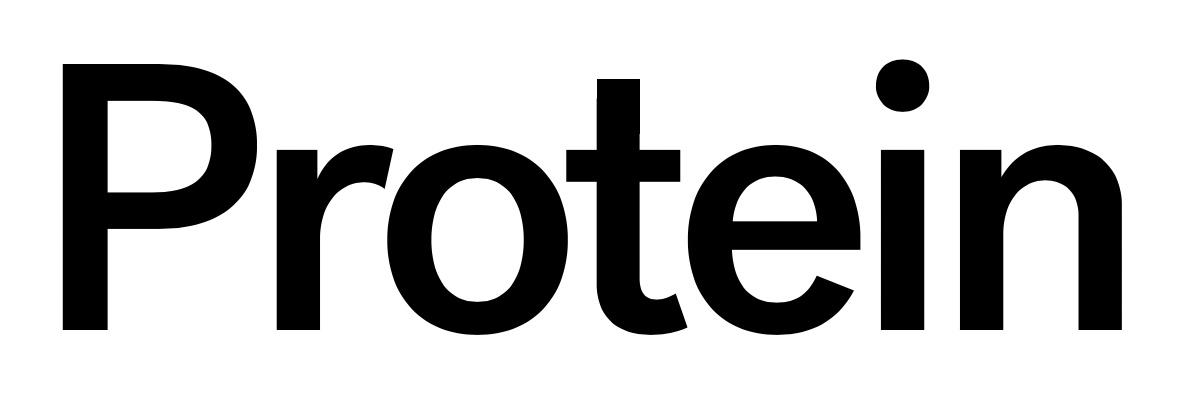


Discussion